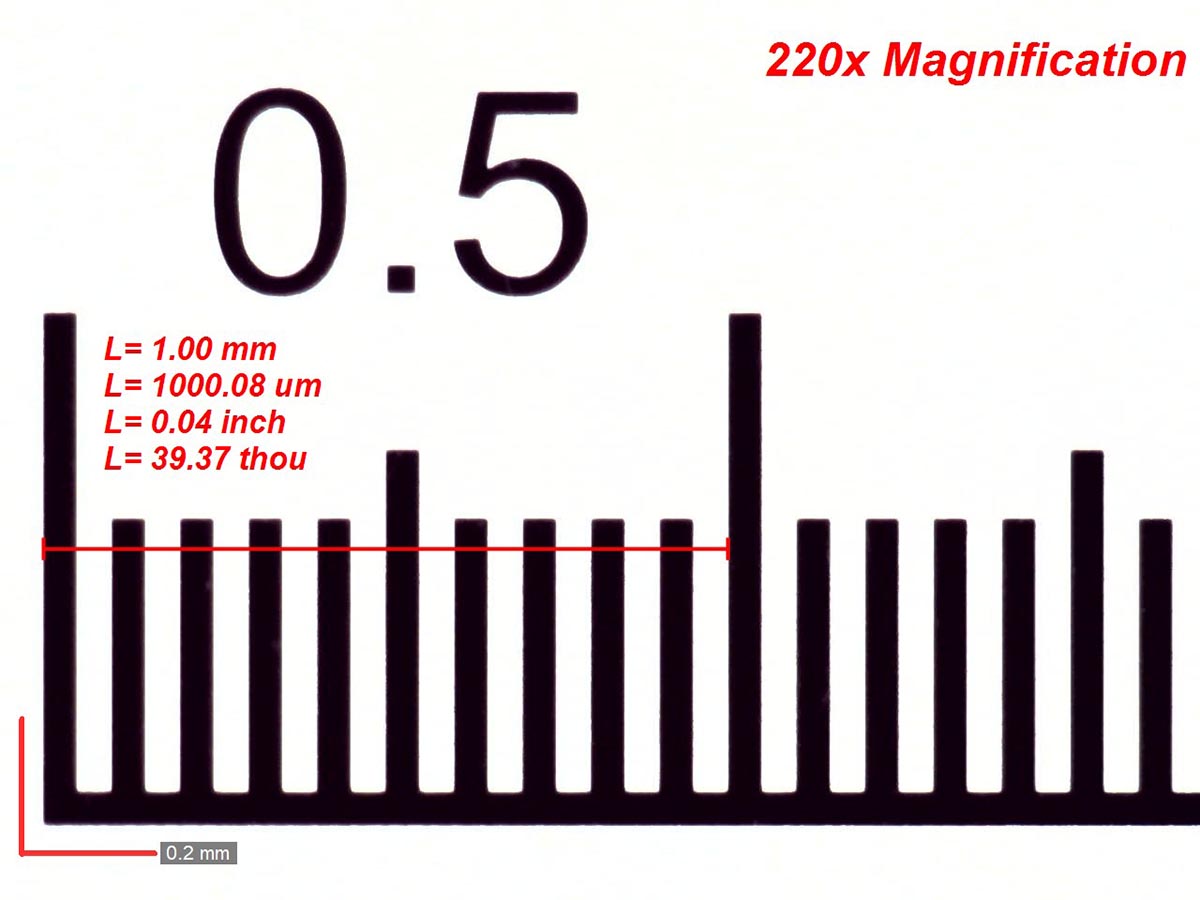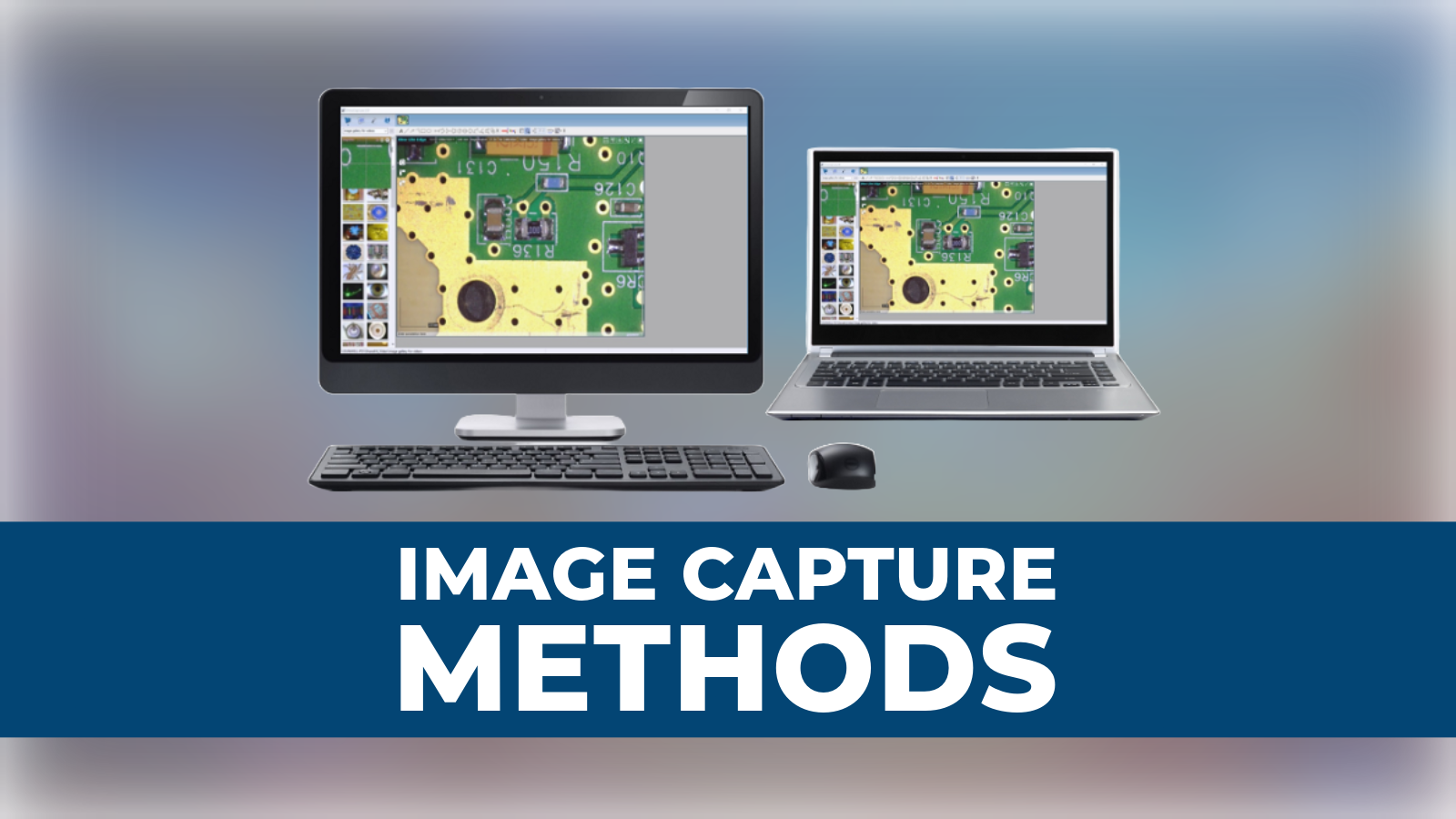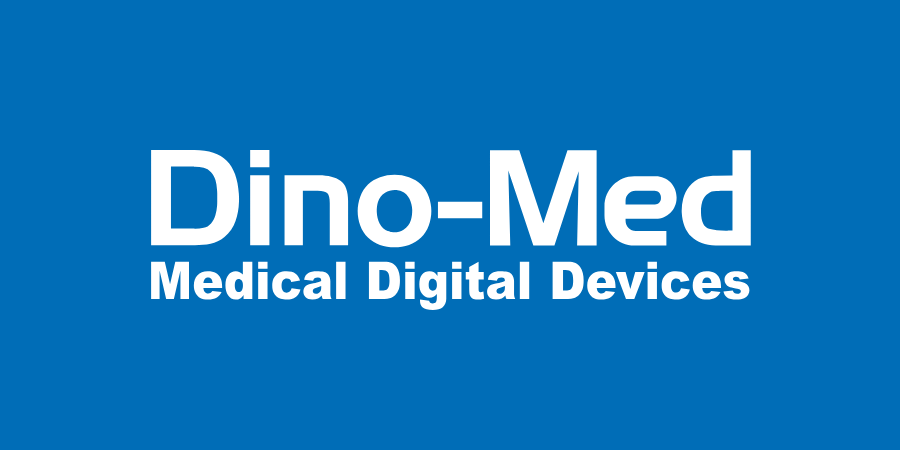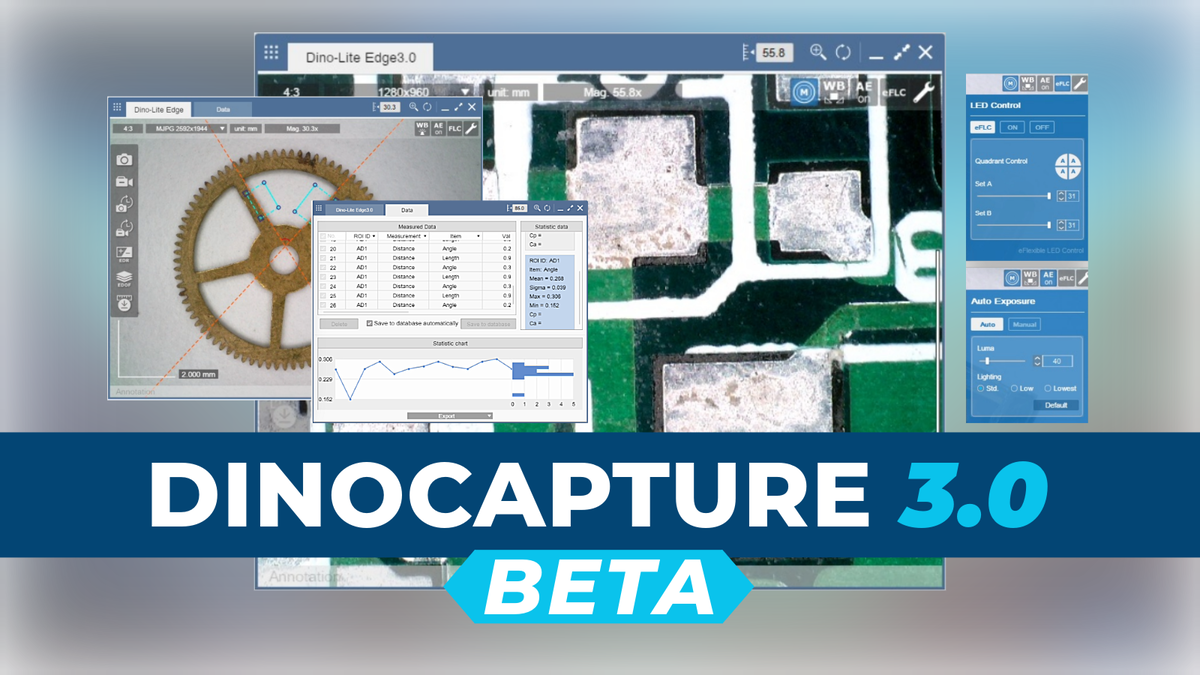When looking for a digital microscope, it’s important to know what you need out of your potential purchase.
Here are 5 major factors to consider:
What is the smallest part I need to look at? What is the largest?
By looking at your Field of View instead of only magnification, you can get a better idea of how your subject will look like on a screen.
Most applications will need white light.
If your application needs something other than white light, would you need UV, IR, or fluorescence? Think about what wavelength your sample needs.
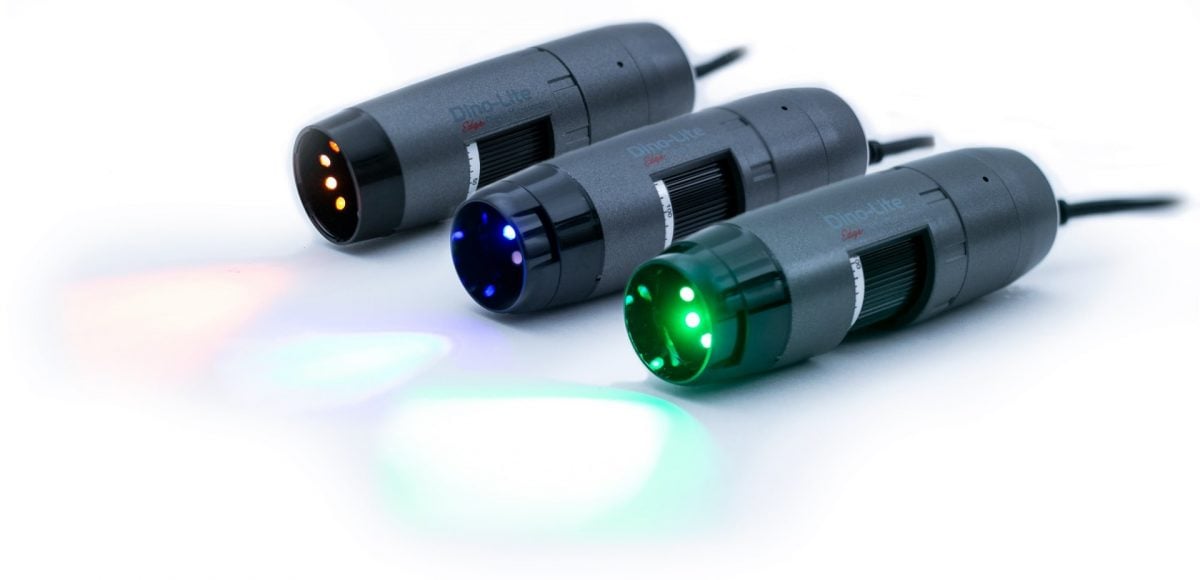
Would your application benefit from an adjustable polarizer? Polarization helps to reduce or remove glare on reflective surfaces as well as provide different imaging results.
Can your potential microscope touch your samples, or have a few millimeters of space?
Do you need to work under the microscope to manipulate your object? Keep in mind that your working distance depends on the model and brand.
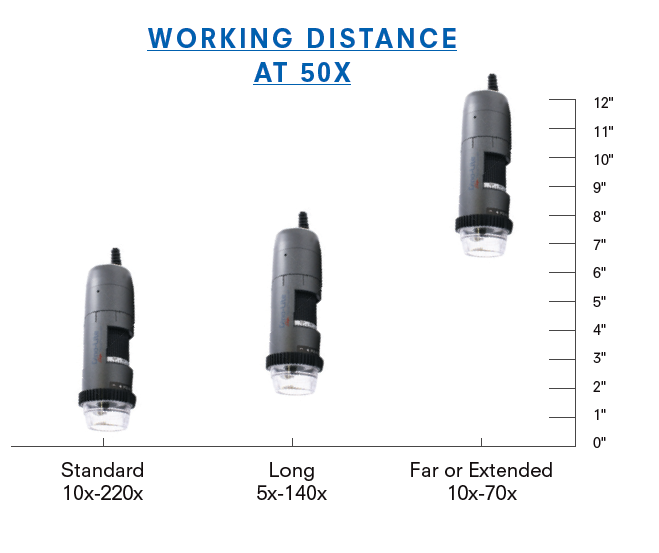
Most digital microscope models have USB connections. By plugging in your model to a computer, you have access to a recording software, and sometimes many more features such as focus stacking or automatic magnification reading.
Other models can connect directly to a small screen via HDMI or VGA. These models may not be able to take pictures and video but usually have a higher frame rate.
As with most products, quality and price are very important factors that come into play. What is the camera like? Do I need the best available, or is a beginner model better for the application? What does my budget look like?
- Resolution
- Higher priced models will have better image sensors and higher resolution. Is your application more for sharing and publishing, or for a quick inspection?
- Construction
- How the microscope is made also factors into the price.
- Is the model robust? Is there a warranty included?
- Regardless of the application, an optical glass lens is a must, as they provide a better image and are more resilient to wear and tear.
- Optical Zoom or Digital Zoom?
- Depending on the brand of digital microscope you wish to purchase, magnification works a little bit differently. Some brands offer very high magnifications but as a digital zoom. At higher magnifications, there may be pixelation if a digital zoom is used.
- Other brands, such as Dino-Lite, offer an optical magnification. Regardless of the magnification point, there will be no pixelation since it offers that optical magnification.
Do you have more digital microscope questions?
We offer free online demonstrations or support via email, chat, or over the phone!
Feel free to email us at [email protected] or call 888-668-2442 and we will be glad to help!

